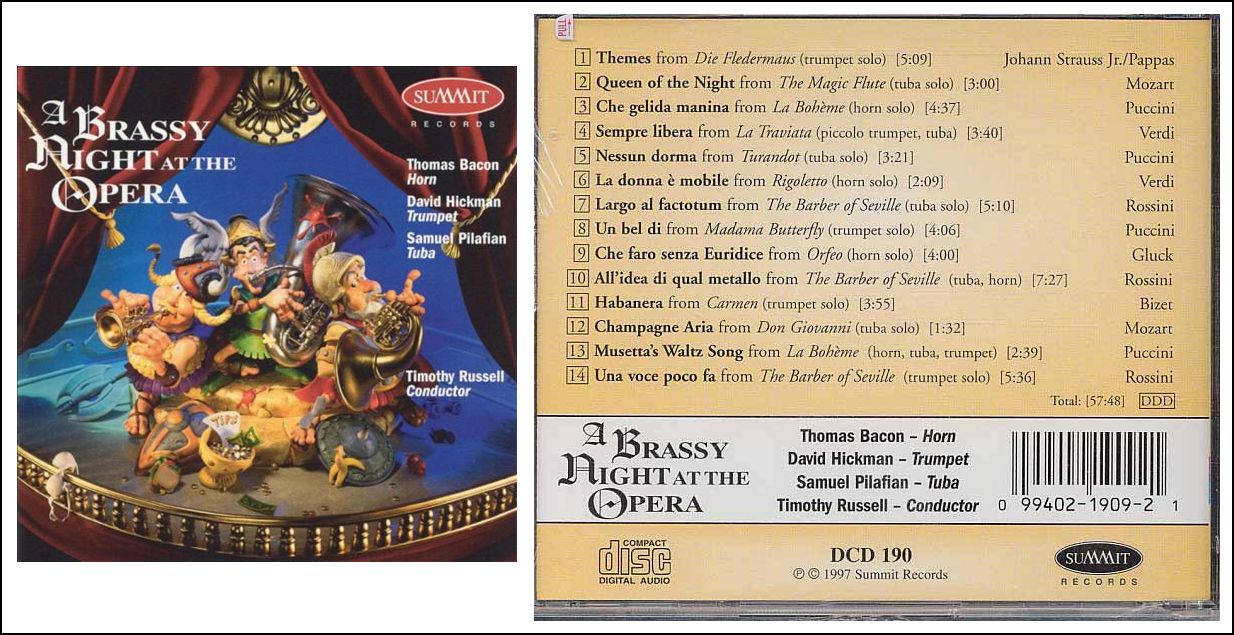Tubist Samuel Pilafian (October 25, 1949 - April 5, 2019) was noted for having achieved a degree of fame on an instrument that usually fills an accompanimental role. Equally noteworthy, however, was the ease with which he moved between classical music and pop.
A native of Miami, Pilafian started early on the tuba. He attended the National Music Camp in Interlochen, Michigan, becoming only the second tuba player in history to win the school's concerto competition. That propelled Pilafian to scholarships at Dartmouth College and the Tanglewood Music Center in Massachusetts. While he was studying in the latter program, he was selected by Leonard Bernstein to perform in the world premiere of Bernstein's Mass, which was simultaneously part of the opening ceremonies for Washington, D.C.'s John F. Kennedy Center for the Performing Arts.
With
his performance of that thoroughly eclectic composition as a starting point,
Pilafian developed dual careers. In the classical sphere, Pilafian was best
known as a founding member of the Empire Brass Quintet. He also performed
and recorded with the Boston Symphony, the New York Philharmonic, the Orchestra
of St. Luke's, and the Metropolitan Opera Orchestra. He played recitals,
and made orchestral appearances in Canada, Spain, Sweden, Switzerland, Japan,
Italy, Austria, Germany, and England. He served on the faculties of Boston
University and the Boston University Tanglewood Institute, and was a consultant
at the Royal Academy of Music in London before joining the faculty at Arizona
State University in 1994.
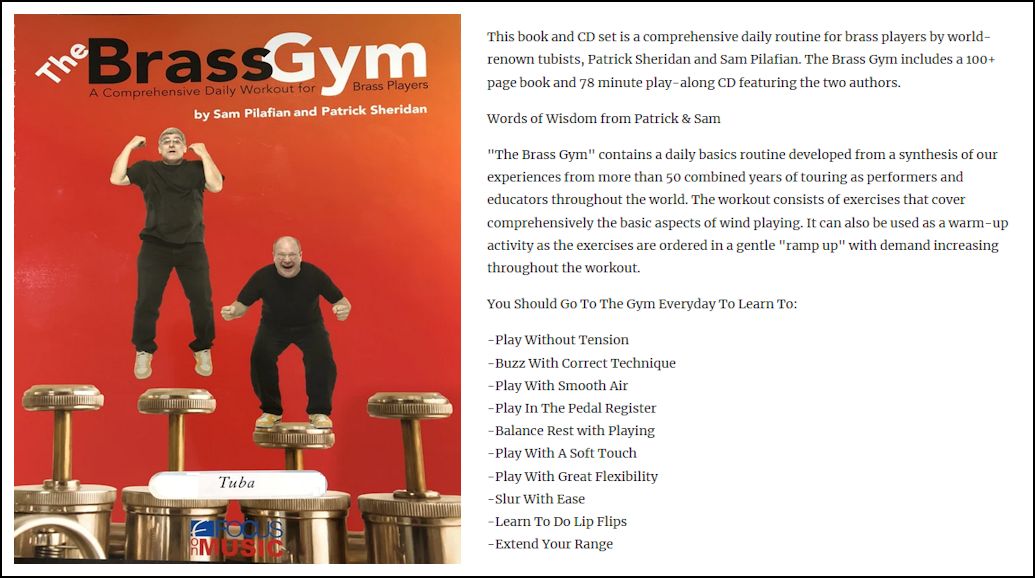
Pilafian released 12 solo albums as a jazz performer, and recorded
with the Duke Ellington Orchestra. With guitarist Frank Vignola, Pilafian
formed the jazz duo Travelin' Light, which released three discs on
the Telarc label. While many classical artists have ventured into jazz
with notable success, few diverged as far from their original training
as Pilafian. He recorded with the rock group Pink Floyd, and under the
designation of the Pilafian Project he recorded an experimental mix of
tuba sounds that transcends genre categories. An example is the 1998 album
Meltdown, which includes music by composers such as Bartók,
Sidney Bechet, Ornette Coleman, Ravel, and Captain Beefheart.
A past president of T.U.B.A. (the Tubists' Universal Brotherhood
Association), Pilafian served as chairman of that group's board of directors.
He passed away in April 2019 from colon cancer.
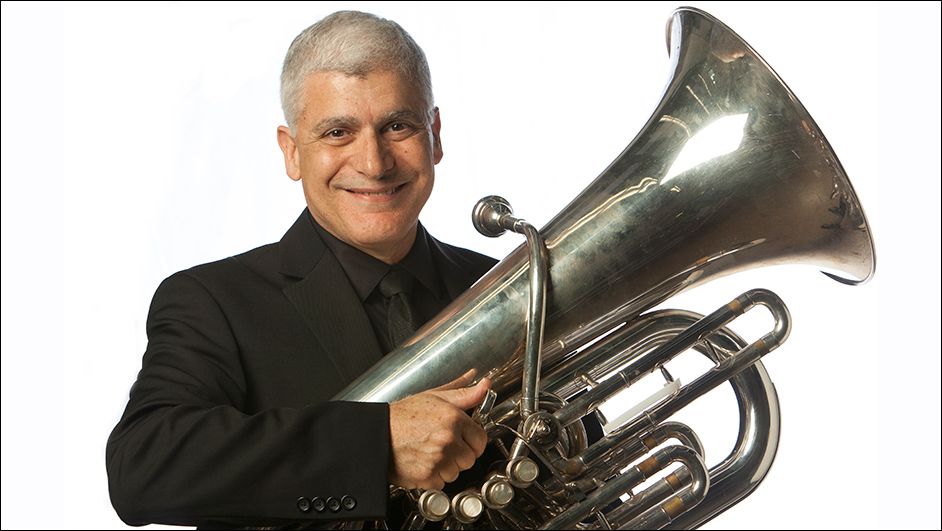
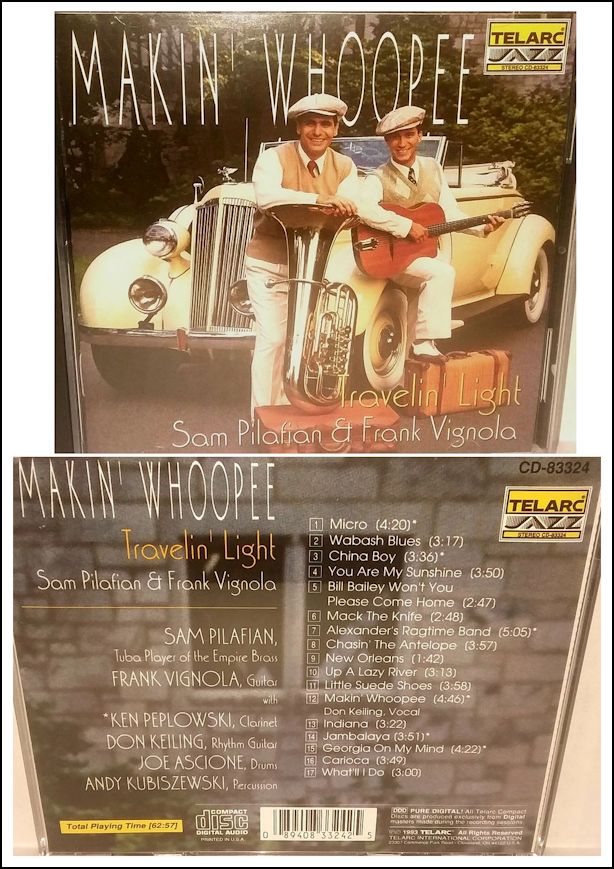
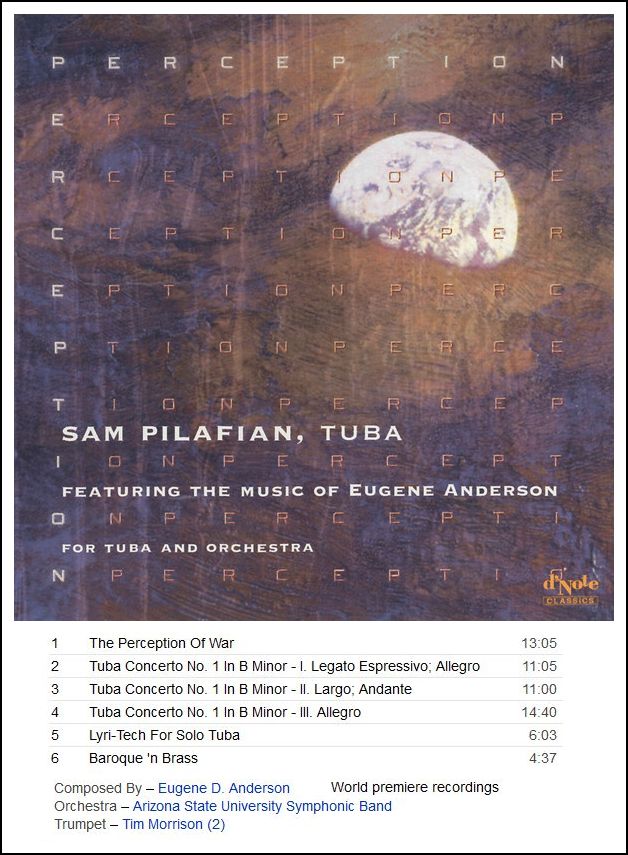
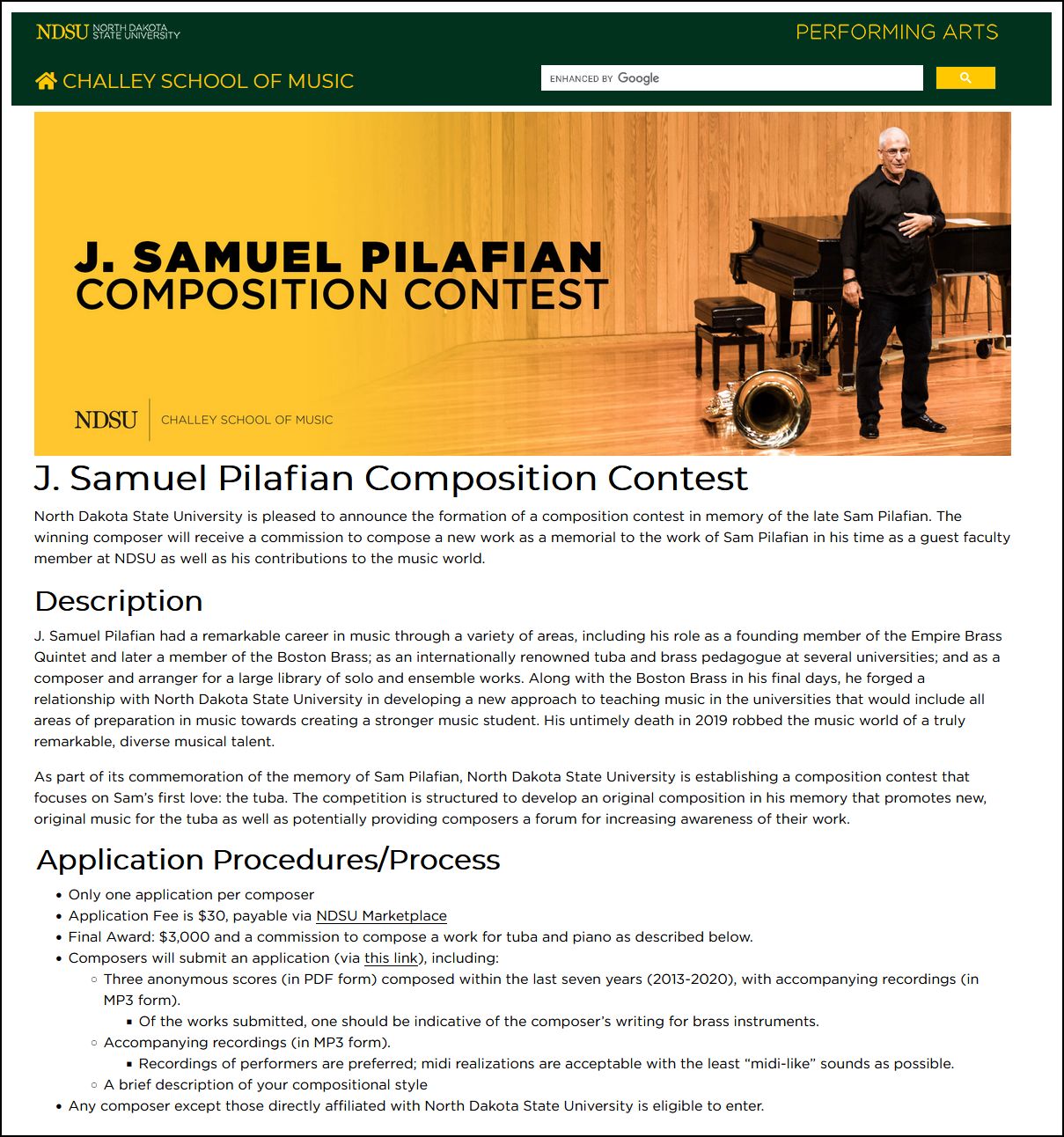
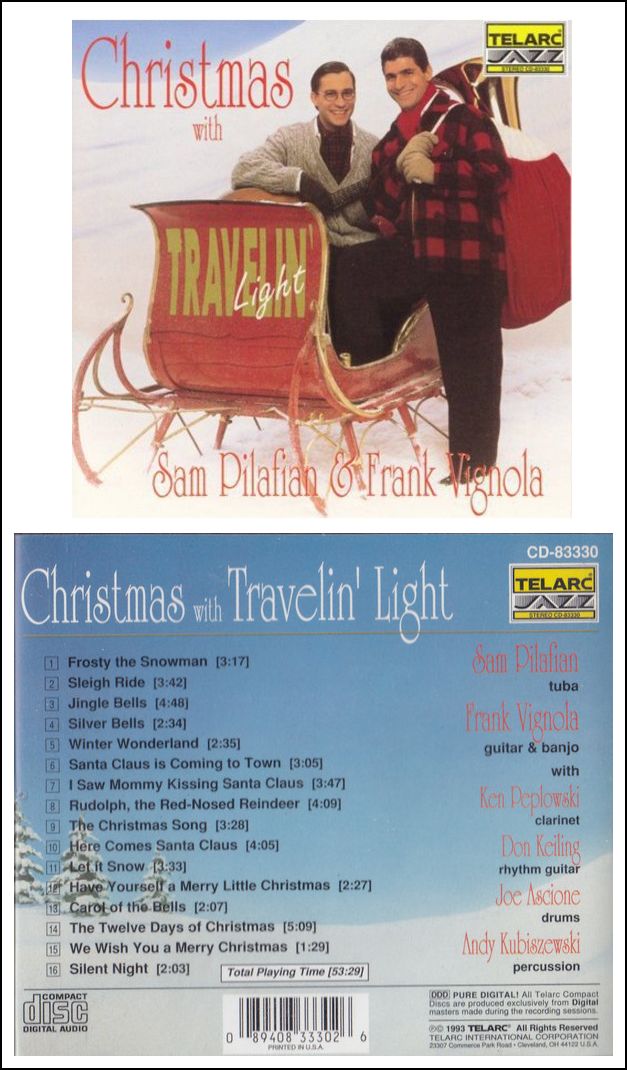 Pilafian: This is very prevalent in our group. If
you’re going to sustain the interest of the audience with a homogenous-sounding
group, it’s very important to make subtle changes among instrumental families.
For instance, I play euphonium and tuba because the color change is
quite evident, as opposed to gradations of tubas which are a little
closer together. Rolf Smedvig will use six trumpets and a flugelhorn
during the performance. Our second trumpet player will use two
trumpets, a flugelhorn, and a cornet. When we go to all conical
instruments, we have a very Russian-, or old German-type sound to the
group. The color changes are just enough, so you’ll have a sparkling
high trumpet, and then you really can change a little bit on the audience.
That really helps to sustain them at the fateful two-thirds point of the
concert, where they might be getting sleepy, and then all of sudden the
sound does take a turn.
Pilafian: This is very prevalent in our group. If
you’re going to sustain the interest of the audience with a homogenous-sounding
group, it’s very important to make subtle changes among instrumental families.
For instance, I play euphonium and tuba because the color change is
quite evident, as opposed to gradations of tubas which are a little
closer together. Rolf Smedvig will use six trumpets and a flugelhorn
during the performance. Our second trumpet player will use two
trumpets, a flugelhorn, and a cornet. When we go to all conical
instruments, we have a very Russian-, or old German-type sound to the
group. The color changes are just enough, so you’ll have a sparkling
high trumpet, and then you really can change a little bit on the audience.
That really helps to sustain them at the fateful two-thirds point of the
concert, where they might be getting sleepy, and then all of sudden the
sound does take a turn.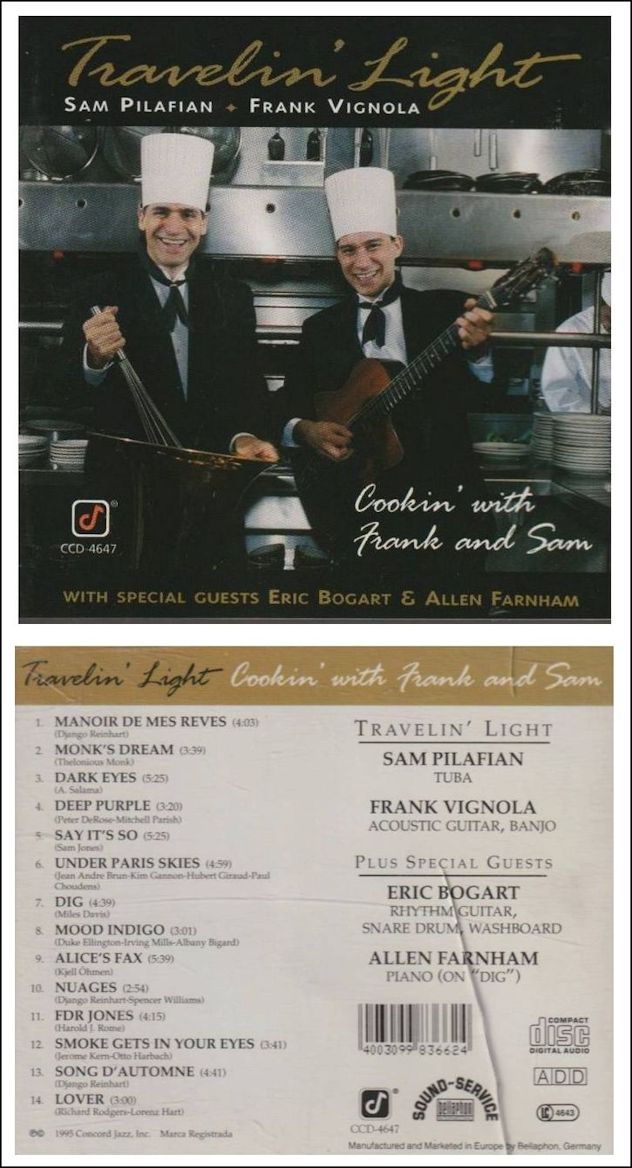 BD: We were talking earlier about the amount of breath
that is needed. Obviously, the tuba is going to need a lot more air
than the trumpet.
BD: We were talking earlier about the amount of breath
that is needed. Obviously, the tuba is going to need a lot more air
than the trumpet.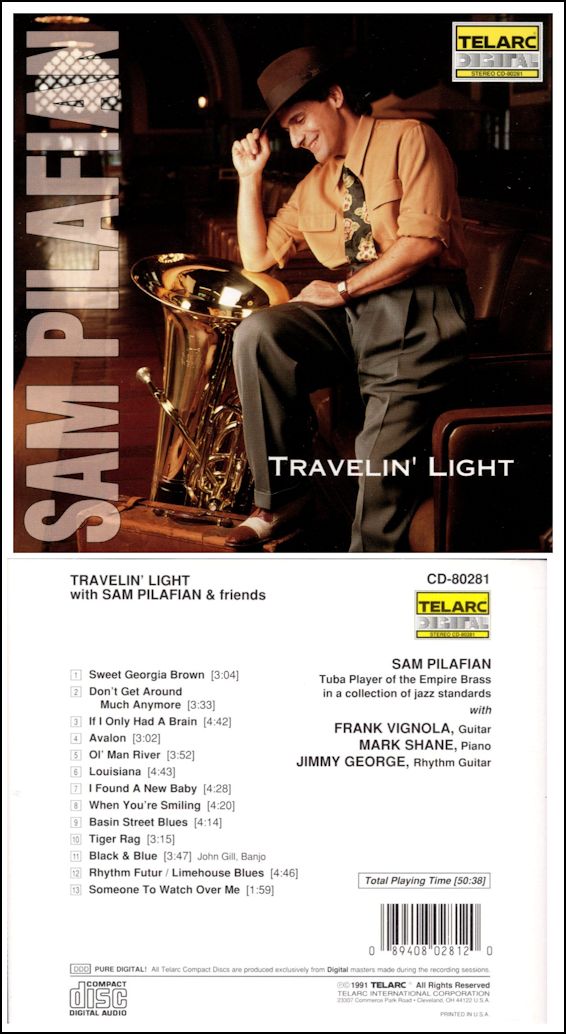
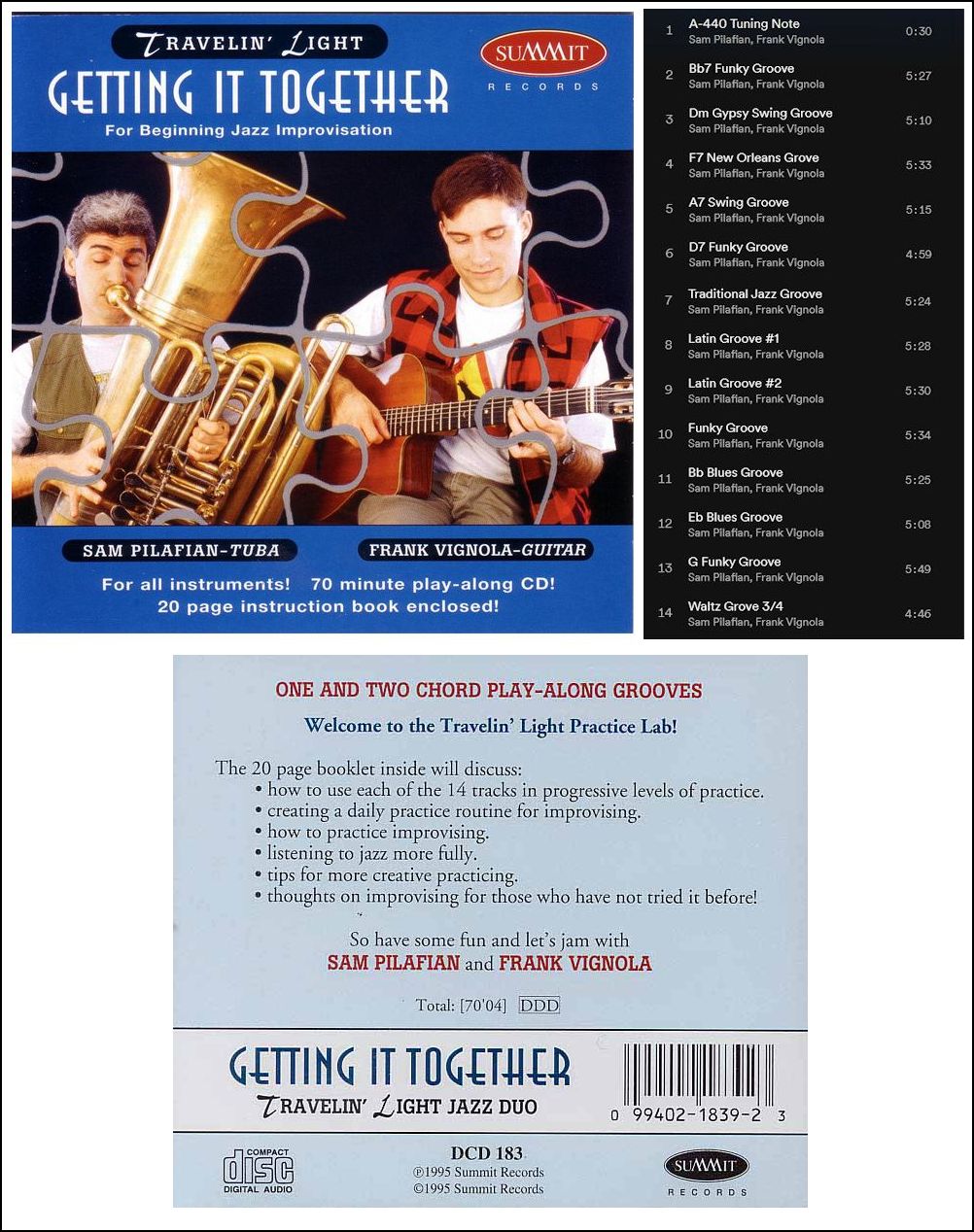
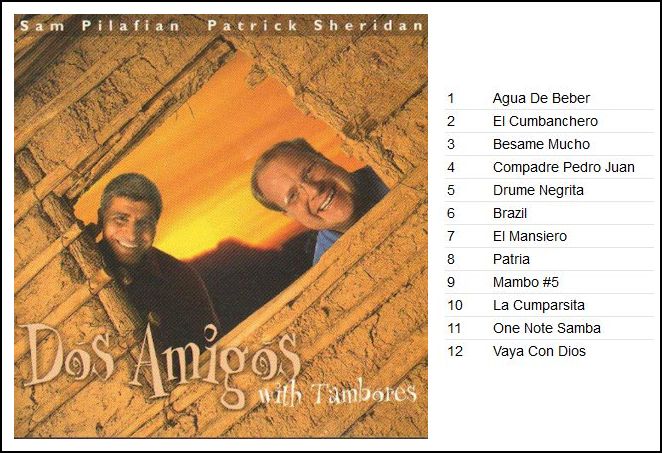
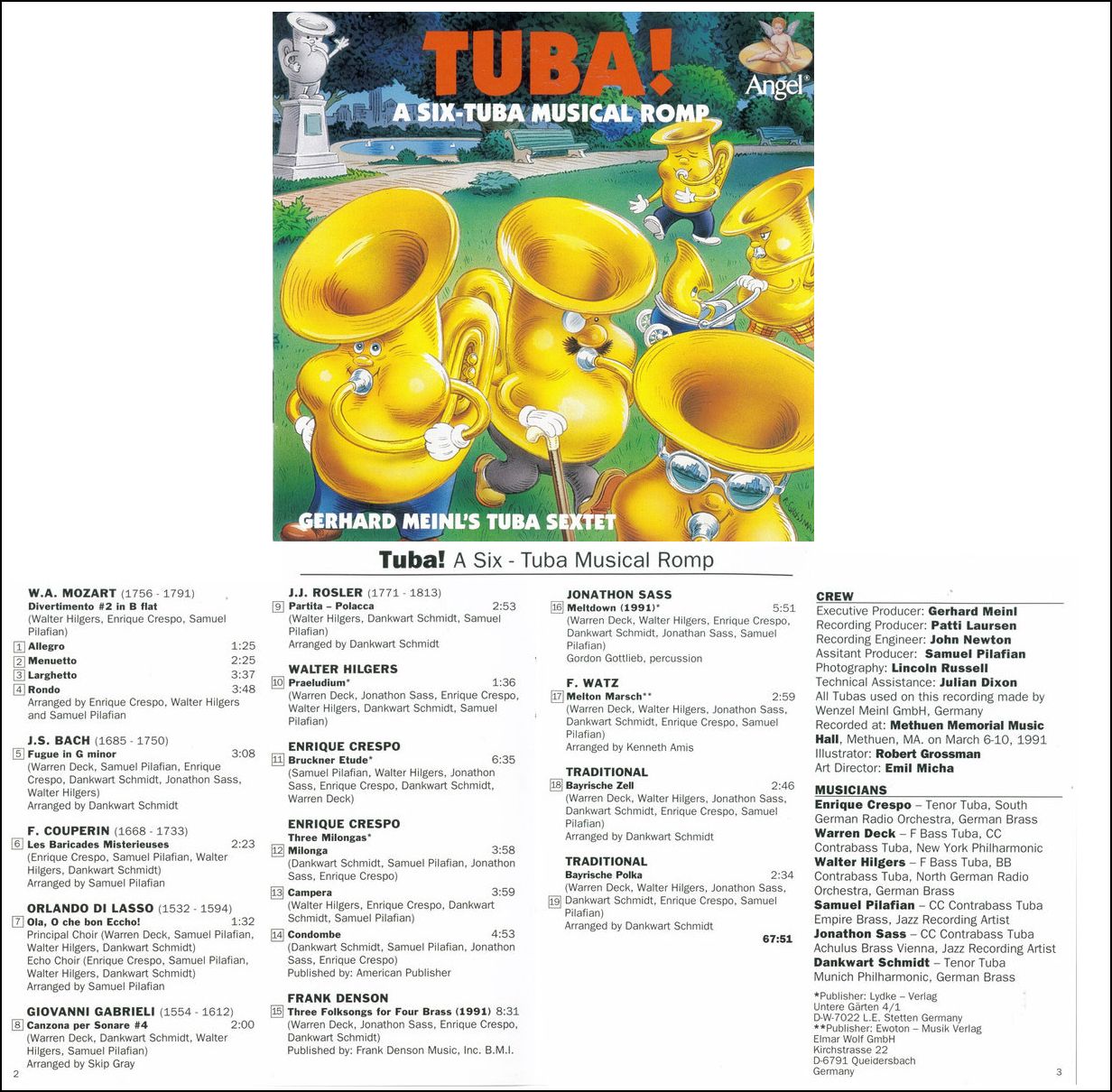
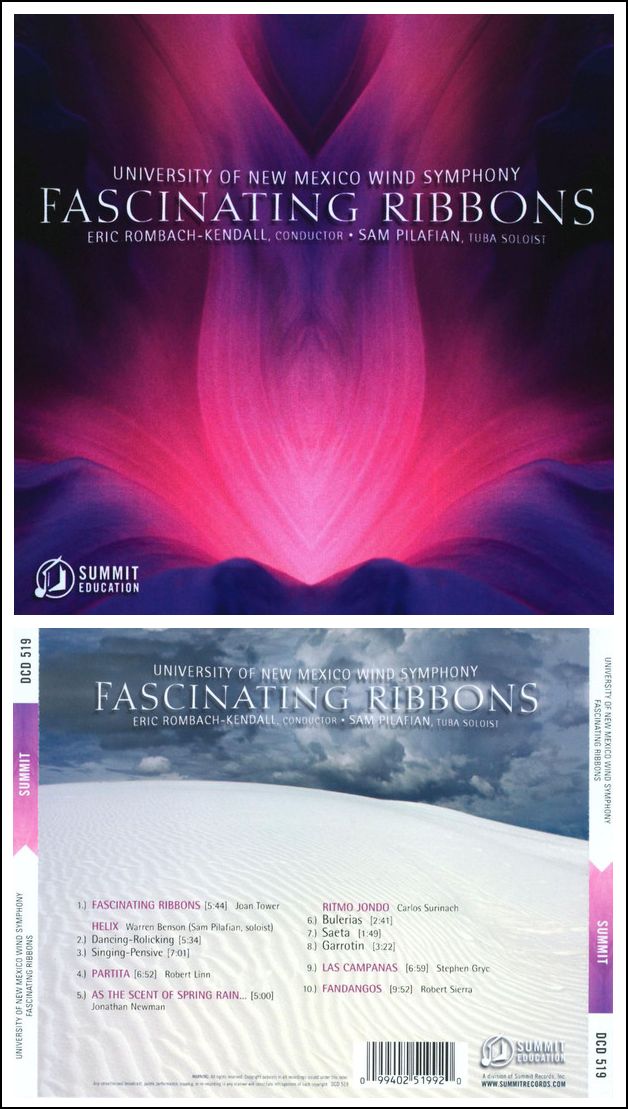
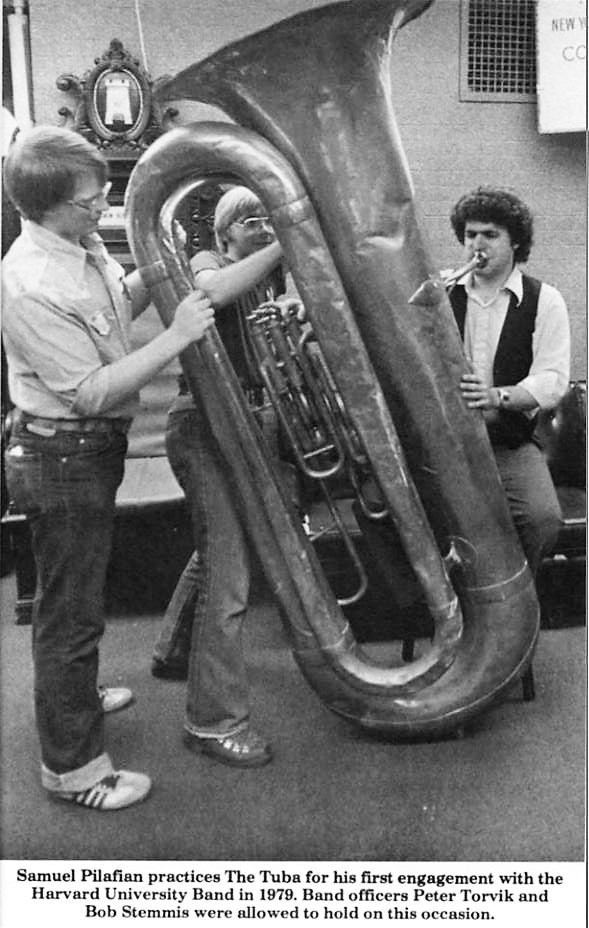 BD: Why?
BD: Why?